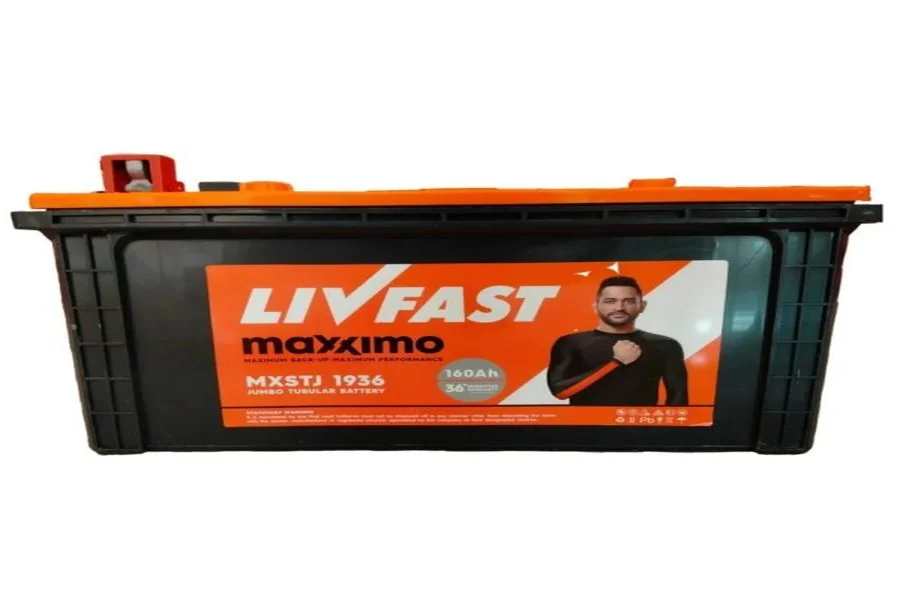The lights flicker, the fan slows to a crawl, and suddenly you’re sitting in the dark, wondering why you never got around to buying an inverter for home use. It’s one of those things you don’t think about until the power cuts out right when you’re in the middle of cooking or working. Choosing one isn’t rocket science, but it can feel overwhelming if you don’t know what to look for.
Let’s cut through the jargon and focus on what really matters.
The Type of Power It Delivers
Imagine electricity as water moving through a pipe. Everything goes well if it stays smooth and steady. A pure sine wave inverter for home makes your gadgets, such as laptops and refrigerators, work safely by imitating the grid. On the other hand, a modified sine wave might be cheaper, but it’s like getting choppy water pressure: it’s loud, irregular, and not good for delicate electronics for long.
Matching Size to Your Lifestyle
Here’s where many people trip up: underestimating what they’ll actually run during an outage. A good inverter for home isn’t just about turning on a bulb or two. It needs to handle the total load of the appliances you plan to use at once. The math isn’t complicated; add up the wattage, divide by the standard household power factor (around 0.7), and you’ve got the VA rating you need. If you’ve got a fridge or an AC in the mix, don’t forget those spikes in power when they kick on.
The Battery Behind the Scenes
No matter how advanced your inverter for home looks, it’s useless without the right battery. Backup time depends on capacity, which is why Ampere-Hour ratings matter. You’ll want to match the inverter and battery voltage properly, and make sure the charging technology isn’t eating away at battery life. Think of it like buying shoes; you don’t want them too tight, too loose, or the wrong style altogether.
Efficiency That Saves You in the Long Run
Nobody wants to lose half their backup energy to inefficiency. Look for an inverter for home with conversion rates hovering around 85 to 95 per cent. The better models come with intelligent battery management, quick charging, and very low power draw when idle. It’s the quiet work these machines do behind the scenes that really stretches out your backup hours.
Staying Safe While Staying Powered
This part isn’t negotiable. A reliable inverter for home should guard against overload, short circuits, overheating, and both overcharging and deep discharging of the battery. Bonus points if it carries recognised safety certifications. You want peace of mind, not a ticking time bomb in the corner of your living room.
Making It Easy to Use
Imagine trying to guess how much juice you’ve got left without a display. Frustrating, right? An inverter for home with a simple LED or LCD panel gives you real-time updates on battery level, system alerts, and current load. If you’re into smart homes, some models even let you check the status on your phone, which is quite handy when you’re away.
Features for the Modern Household
Now, there are a lot of features that you would like to consider. The table below explains them perfectly, making it easier to understand.
| Feature | Why It Matters |
| Solar-ready | Let’s you add solar panels later without changing the inverter for the home setup. |
| Compact design | Saves space and blends better with modern home interiors. |
| Near-silent operation | Keeps things peaceful; no annoying humming in the background. |
| Manual bypass switch | Let’s power flow directly from the grid if the inverter is off or under repair. |
| Dual-battery support | Provides longer backup in bigger households with higher power needs. |
Remember, when you’re out there to buy an inverter for home, these features are quite non-negotiable, as they make your everyday life a lot simpler, even during power cuts.
Choosing Without Regret
Here’s my two cents: don’t cheap out on this decision. A trusted brand offering a solid warranty and decent service network will save you endless headaches later. An inverter for home isn’t something you replace every year; it’s an investment meant to last. Plan for your current and future needs rather than buying the bare minimum.
Conclusion
At the end of the day, the perfect inverter for home balances efficiency, safety, and convenience with enough capacity to keep your life running during outages. Once you pair it with the right battery, it’ll quietly do its job without you thinking twice, until the next blackout, when you’ll be silently thanking yourself for choosing wisely.



